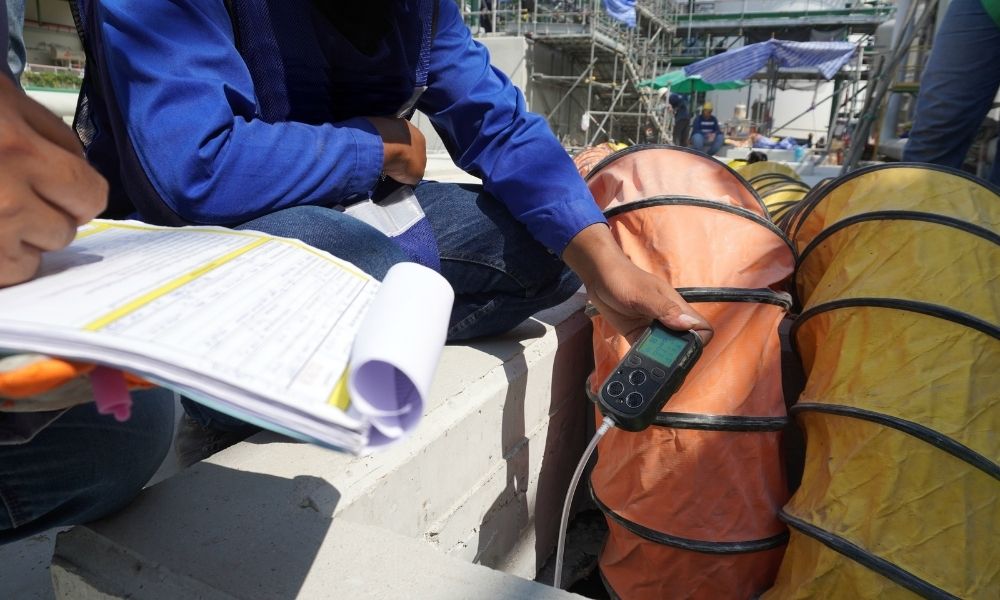The Difference Between PID and FID Gas Detectors
Posted by William Kimmell on 9th Nov 2021

It's essential to have the proper equipment for the job to ensure a safe and productive workplace. When it comes to gas detection in the workplace, you might need a PID or FID gas detector for various operations. We've compiled a short guide to explain the difference between PID and FID gas detectors.
What Is a PID Gas Detector?
PID stands for photoionization detector. You use this technology to find the presence of volatile organic compounds (VOCs), chemical compounds with high vapor pressures that can have significant health and environmental consequences when you expose yourself to them. The most important reason you need to avoid these chemicals is that they impact your health long-term, and you might not even show symptoms for a long time.
How Do PID Detectors Work?
The molecules that pass through the device are ionized using ultraviolet light. Ionization energizes the molecules, causing them to lose electrons and form positively and negatively charged ions as a result. These ions generate electric currents. The higher the current, the higher the VOC levels in the air.
What Is an FID Detector?
FID stands for flame ionization detector. You use the device to detect the presence of hydrocarbons such as butane or hexane. You must avoid hydrocarbons because even brief exposure of 30 seconds or less to elevated levels of the compound combined with a low-oxygen environment can quickly lead to respiratory depression, hypoxia, and fatal cardiac arrhythmias.
How Does an FID Detector Work?
FID detectors use a flame to ionize organic molecules that have carbon. The sample is separated, and each analyte gets passed through a flame that ionizes the carbon atoms while fueled by hydrogen and zero air.
As the ions form and produce a current at the detector's electrodes, they are collected and analyzed. A current is generated as the sensor accumulates the charged ions. The current then transforms to a picoampere (pA) or millivolt (mV) electrical signal (mV).
TG Technical Services offers the best photoionization devices to keep you safe in confined and hazardous spaces. Understanding the difference between PID and FID gas detectors gives you the knowledge to choose the best device for the environments you and your workers face. Feel free to contact us with any questions about our products.

